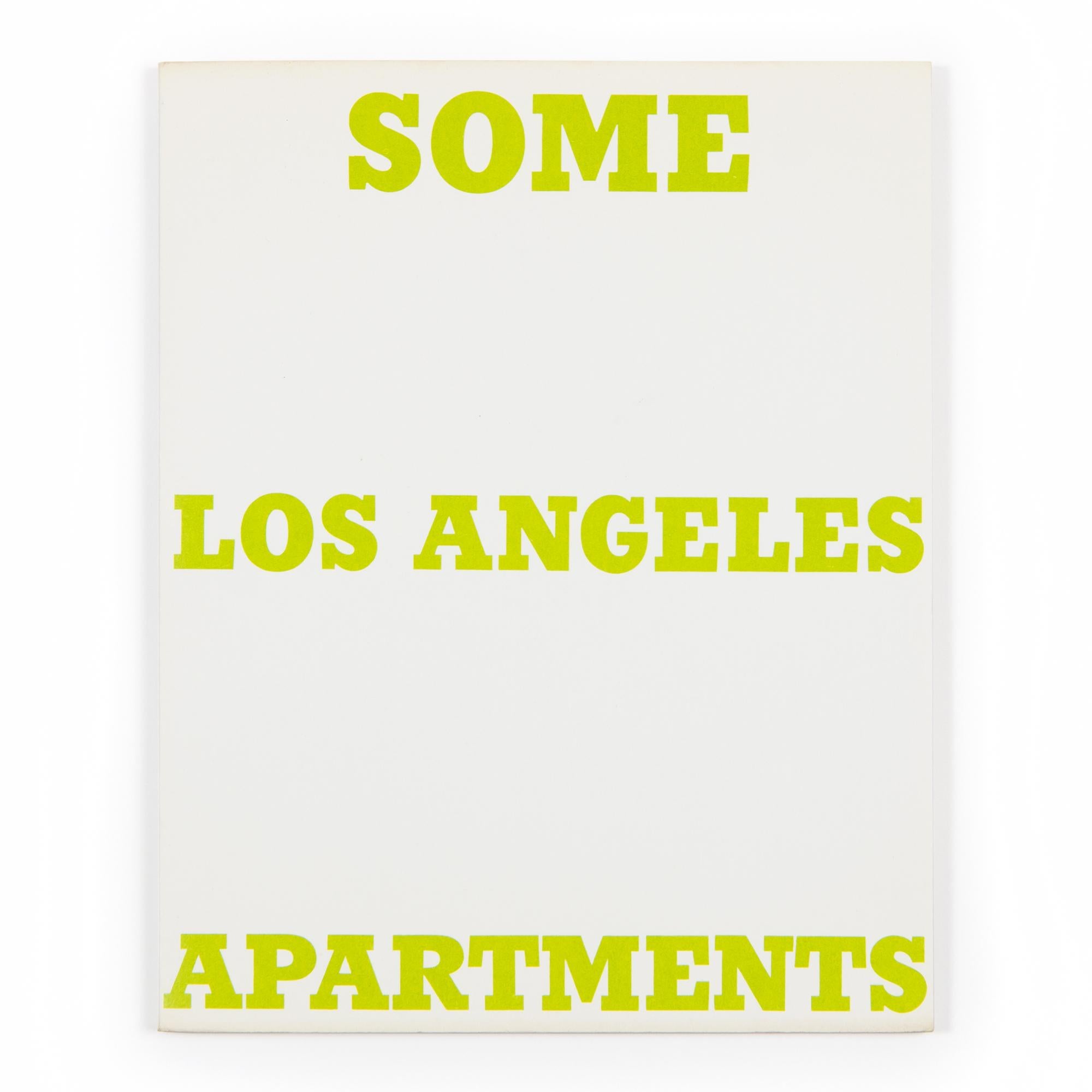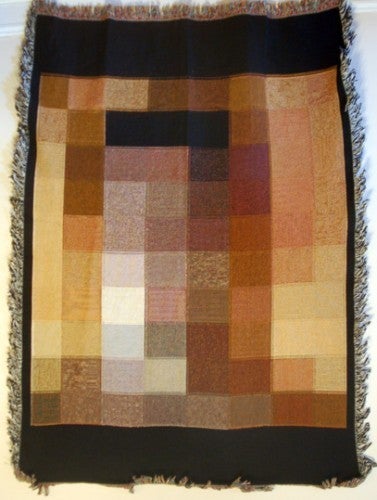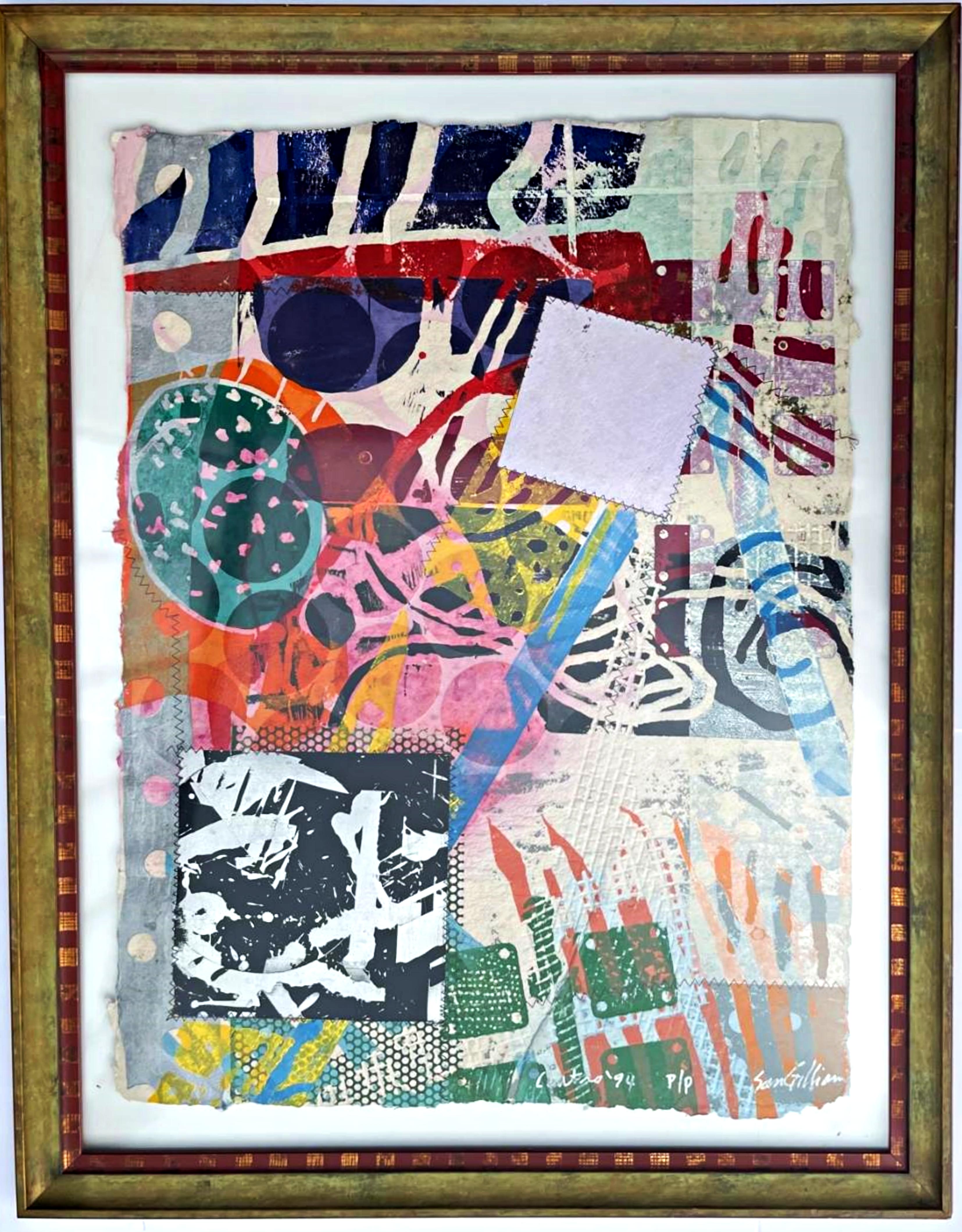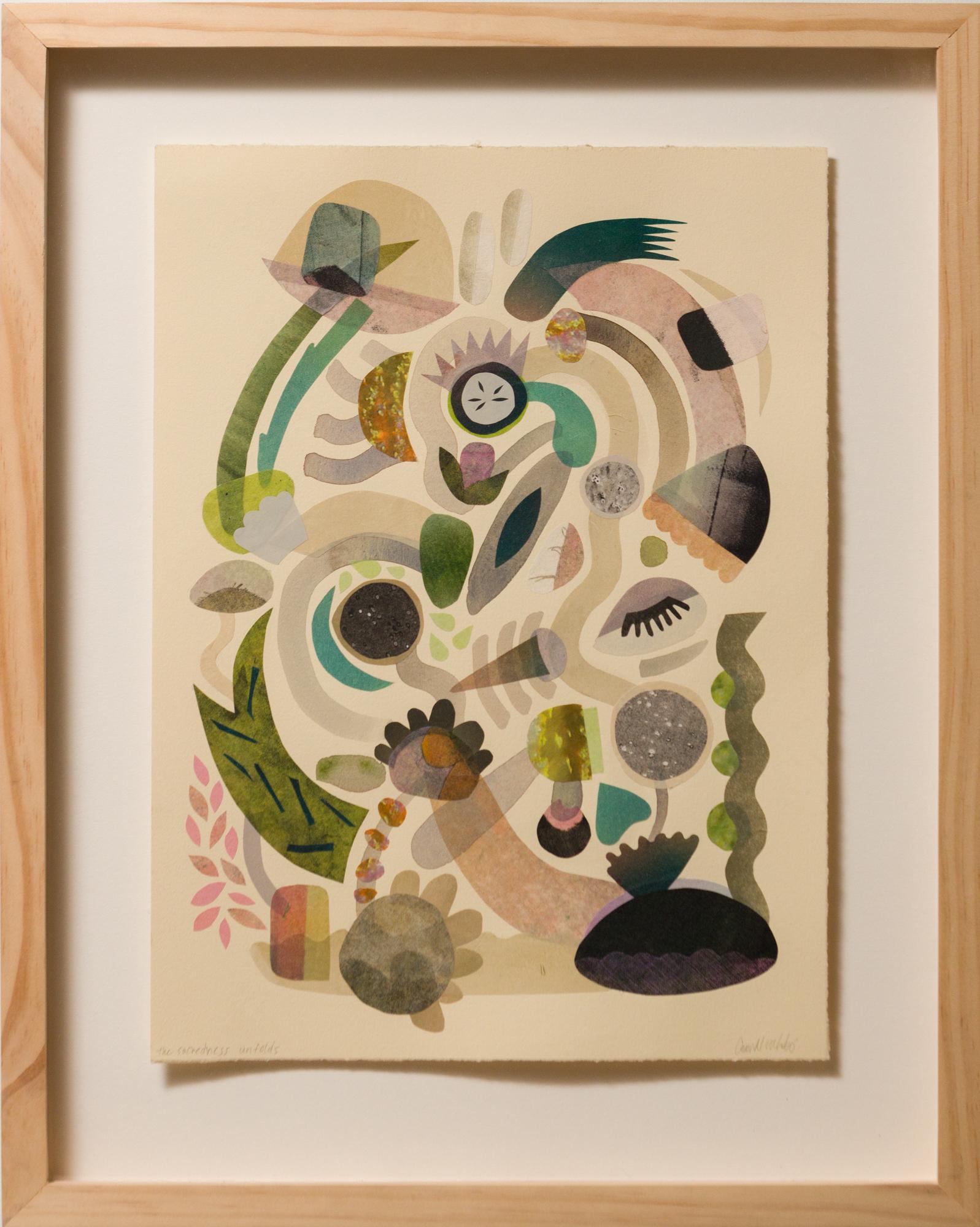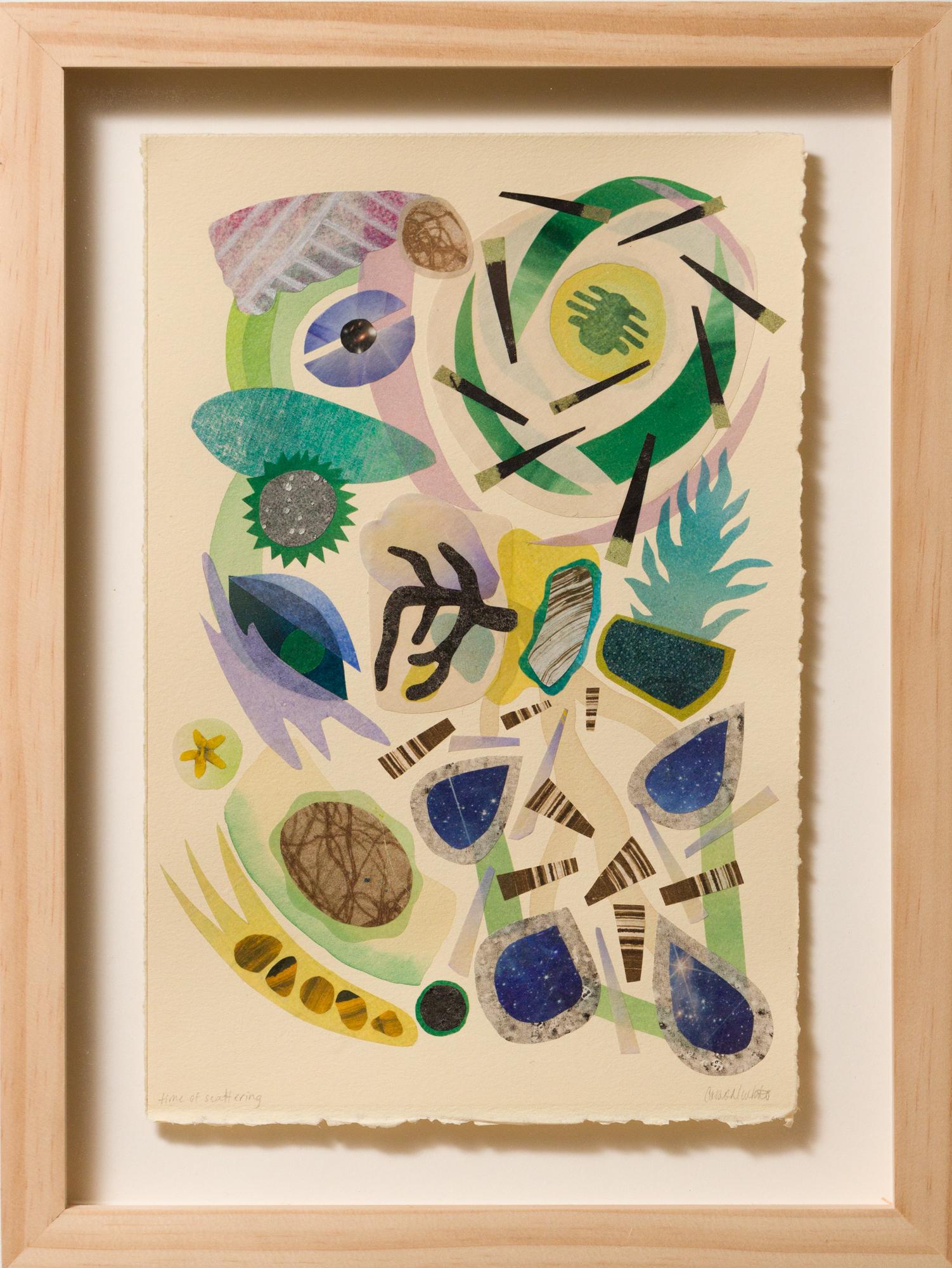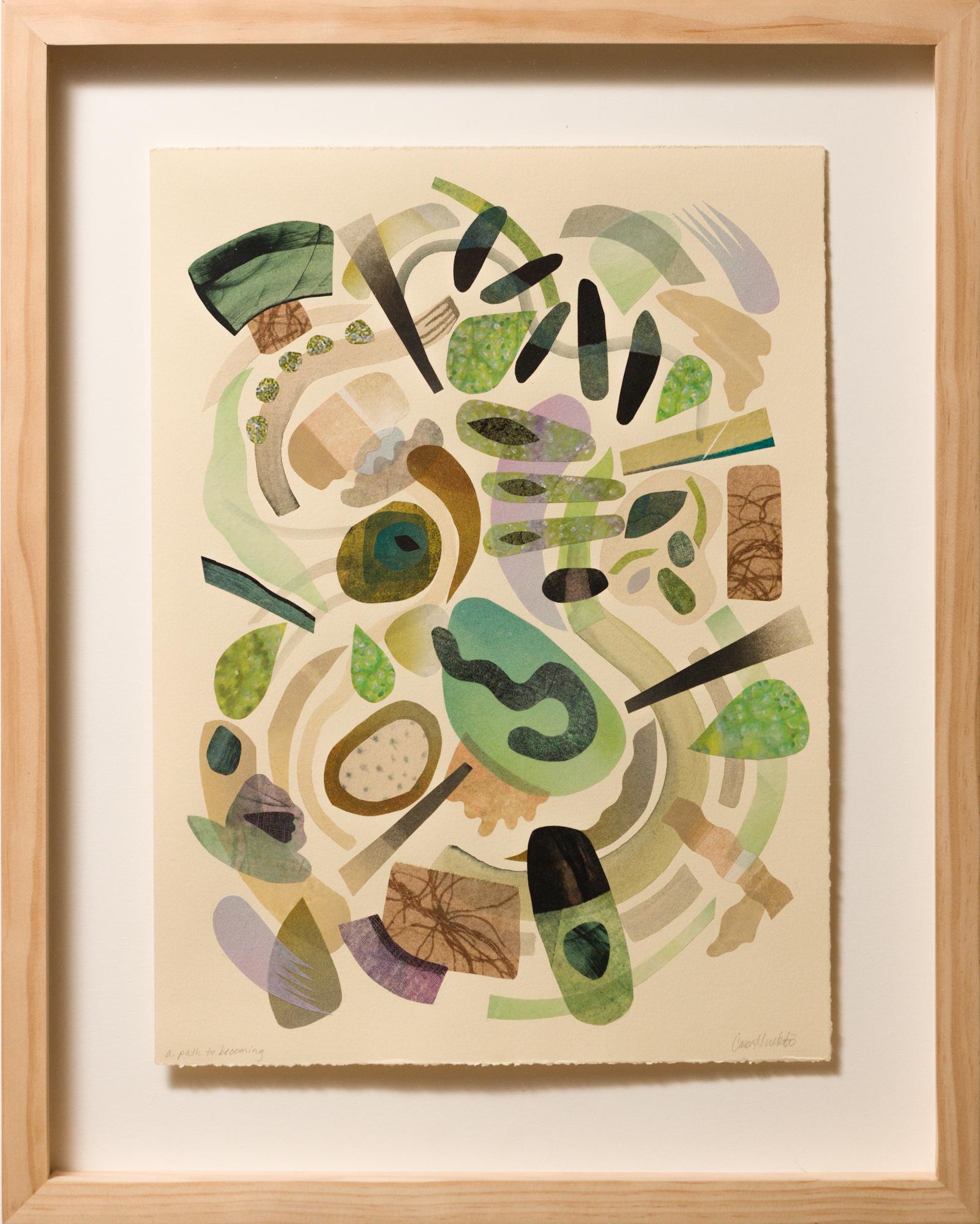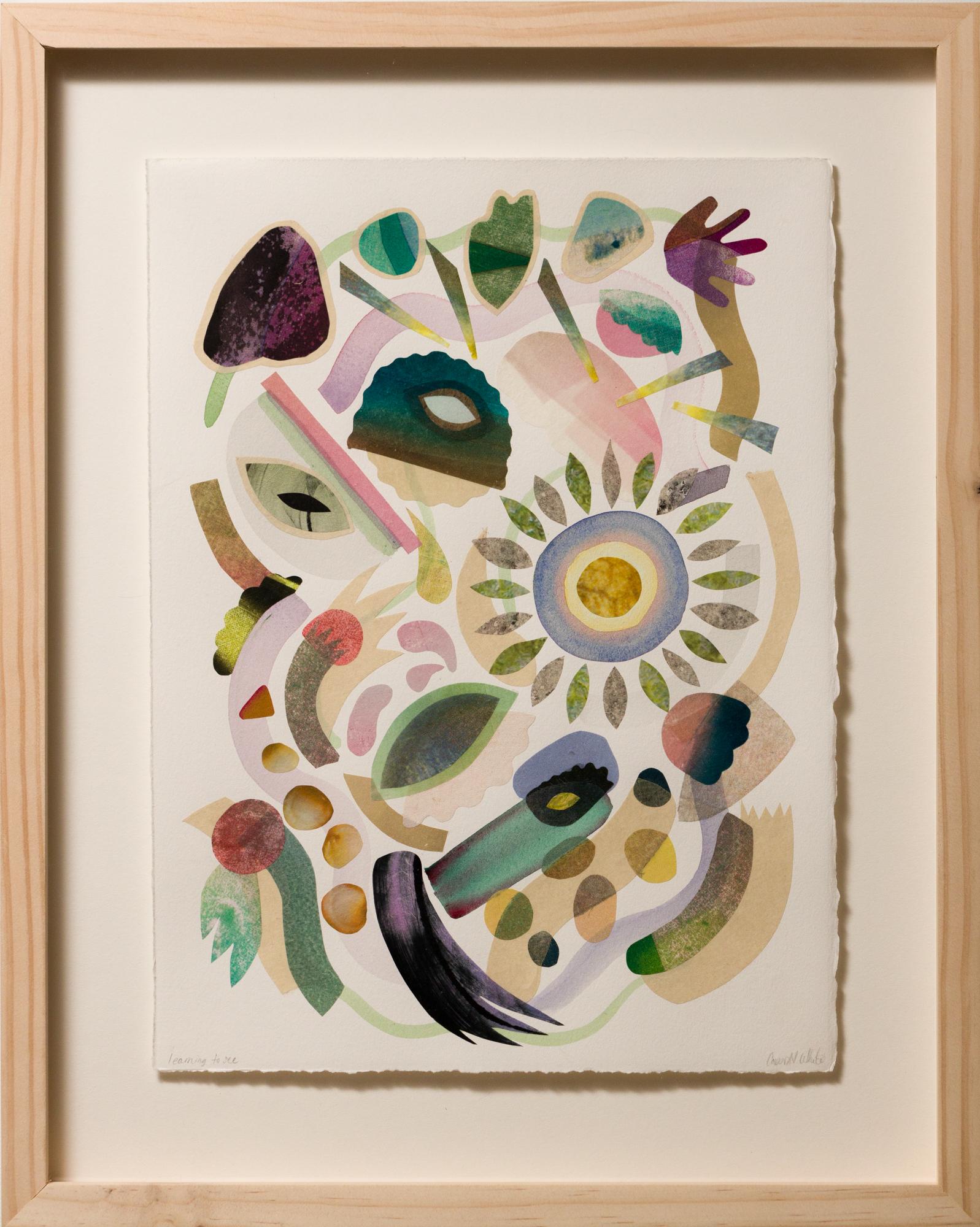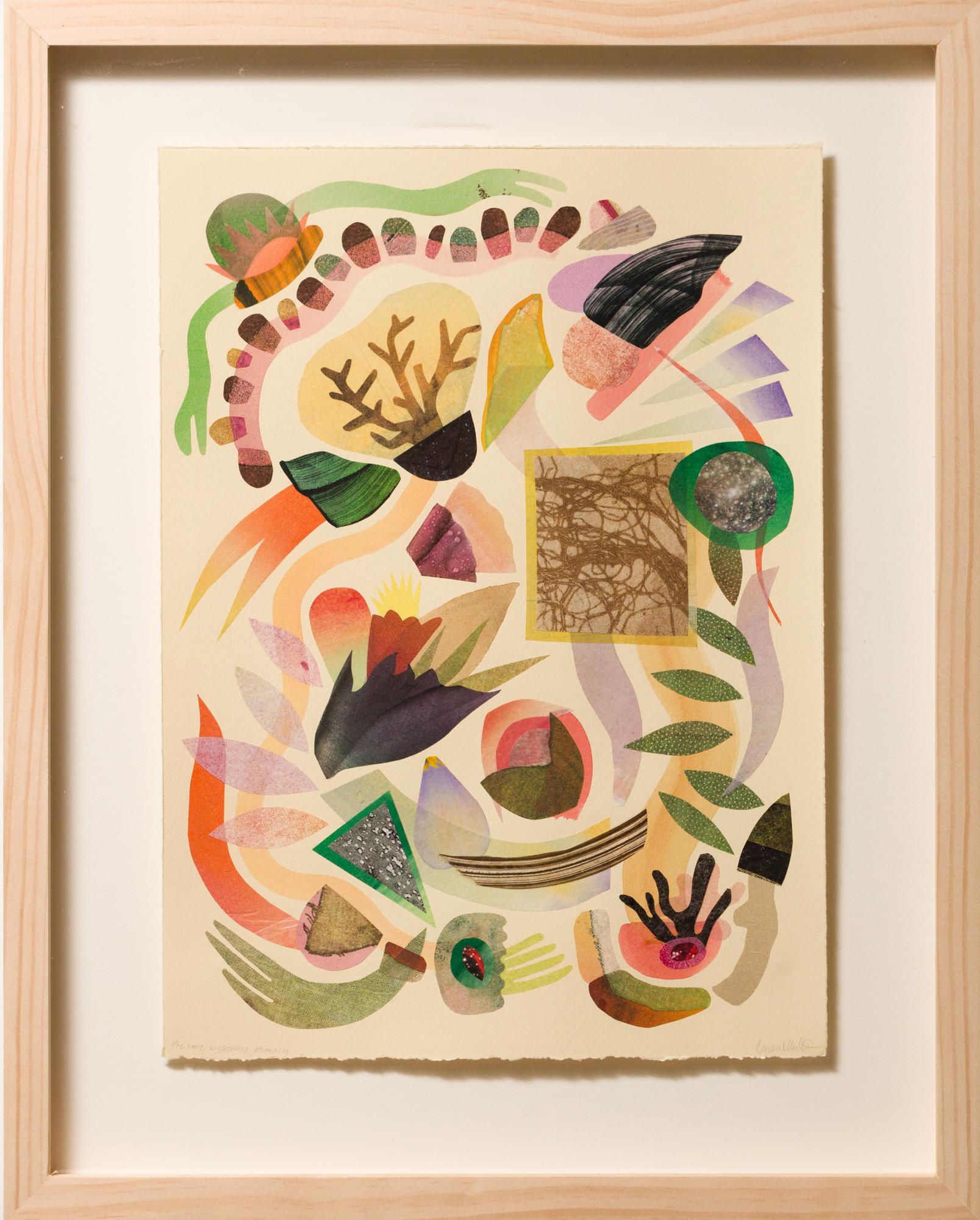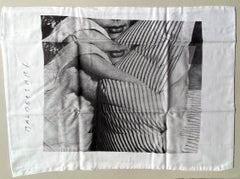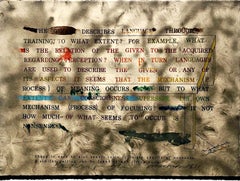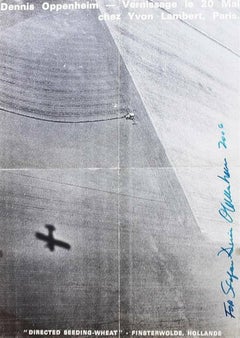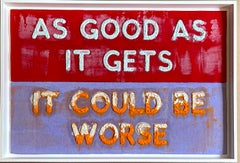
As Good As It Gets / It Could Be Worse
Mel BochnerAs Good As It Gets / It Could Be Worse
About the Item
- Creator:Mel Bochner (1940, American)
- Dimensions:Height: 26 in (66.04 cm)Width: 38 in (96.52 cm)Depth: 2 in (5.08 cm)
- Medium:
- Movement & Style:
- Period:
- Condition:
- Gallery Location:New York, NY
- Reference Number:1stDibs: LU174529888082
Mel Bochner
Mel Bochner experimented with a range of styles before finding his eventual success as a pioneer in Conceptual art. An audacious 1966 show at School of Visual Arts (SVA) in Manhattan that he presented, “Working Drawings and Other Visible Things on Paper Not Necessarily Meant to Be Viewed as Art,” remains a seminal touchstone for Conceptualism.
Bochner was born to a Pittsburgh sign painter in 1940. While attending the Carnegie Institute of Technology (now Carnegie Mellon) in the late 1950s, he studied color theory and modernist movements as well as classical drawing, a balance that was formative in his career. After graduation, he moved to San Francisco, creating paintings influenced by Clyfford Still and Jean Dubuffet.
It wasn’t until Bochner “found his way out of the labyrinth of late Abstract Expressionism,” as he put it to The Brooklyn Rail, that he began to create his most meaningful work. Following a stint auditing philosophy classes after a friend introduced him to the work of Heidegger, Bochner relocated to New York, finding work as a guard at the Jewish Museum. In Manhattan, he ran in the same circles as Dan Flavin, Brice Marden and Donald Judd.
“One of the conversations going on in New York in the late ’60s was about the relationship of the object to the art experience,” Bochner said. “...Younger artists like myself were talking about what it would mean to eliminate the object altogether.” This idea would become the foundation of the Conceptual movement, in which Bochner was instrumental. The artist is probably best known for his text-focused paintings, including a series that plays with the phrase “Blah Blah Blah.” He produces work that regards art as an experience, rather than an object, centering on the process of creation and viewership as opposed to the finished product.
Bochner’s “Working Drawings and Other Visible Things on Paper Not Necessarily Meant to Be Viewed as Art” featured drawings, notes and outlines from the likes of Milton Glaser, Carl Andre, Sol LeWitt and others as well as pages from Scientific American. Bochner, then an art history professor at SVA, photocopied the assemblage of works, added them to binders and positioned them on pedestals for the exhibition because the show’s organizers lacked the funds to frame the pieces.
Bochner’s works can be found in the collections of many major museums, including the Museum of Modern Art, the Metropolitan Museum of Art and the Whitney Museum of American Art.
Find original Mel Bochner prints and other art on 1stDibs.
- Two Screenprinted pillow cases (one hand signed by Baldessari) in bespoke boxBy John BaldessariLocated in New York, NYJohn Baldessari Pillow Cases in Bespoke Presentation Box (one pillowcase hand signed by John Baldessari) for The Thing Quarterly Issue 22, 2014 Silkscreen on 100% cotton 320 thread count sateen pillowcases (Hand signed by John Baldessari) Boldly signed in ink by John Baldessari on one of the pillowcases (see photo) Unframed One of the pillowcases is hand signed in ink by John Baldessari: John Baldessari was one of the artists who were invited to contribute an object (or "thing") with text for a special project for "The Thing" publication (read on for more on "The Thing") ; the conceptual object therefore had to incorporate text. Baldessari's contribution in 2014 was a silkscreened pillowcase with text. A limited (unknown) number of these pillowcases were marketed and sold as a set of two in a bespoke box. However, exceptionally, Baldessari hand signed a very few of pillowcases in ink. This is one of the very special sets bearing one hand signed pillow case - purchased directly from "The Thing". (a copy of the 2014 receipt is shown here.) The rest of these boxed sets were not hand signed. The pillowcase is brand new, and will look gorgeous once pressed and framed by a professional framer. More about this boxed set: Issue 22 of THE THING Quarterly is by LA-based conceptual artist John Baldessari. It consists of two 100% cotton sateen pillowcases featuring an image of a woman clutching a pillow. The black and white image is taken from a Hollywood film still in Baldessari's collection and has been silkscreened on each pillowcase with environmentally-friendly, water-based ink. The pillowcases are standard-sized and envelope-style. For those who like their thread count high, the issue clocks in at a solid 320 thread count. Measurements: Box 10.5 inches by 13 inches by 2 inches Pillow 20 inches vertical by 26 inches What was The Thing Quarterly? THE THING was an experimental publication created in collaboration with Will Rogan as part of an artist residency. We saw it as a quarterly periodical in the form of an object. Each year, four artists, writers, musicians or filmmakers were invited to create an everyday object that somehow incorporates text. The object is reproduced and hand wrapped at wrapping parties and then mailed to the homes of the subscribers with the help of the United States Postal Service. It began as part of an artist residency in San Francisco’s Southern Exposure. Will and I had met in grad school at UC Berkeley and discovered our mutual affinity for quarterlies. He was a librarian at SFAI for five years and I had been a high school teacher for five years. WE were both interested pushing the boundaries of publication. Our plan was to create a 1 year publication with four artists, but from the very start the project generated so much interest and international excitement that we found ourselves running a publication complete with a brick and mortar storefront and a staff of four individuals. After 10 years, 34 issues, 59 projects and countless live events, we decided to end the publication in order to pursue our individual projects. We are still working together on a less ambitious new project, and hope to launch it at some point in 2021. CONTRIBUTORS: have included John Baldessari, Dave Eggers, Miranda July...Category
2010s Conceptual Abstract Prints
MaterialsFabric, Cotton, Screen, Ink, Mixed Media, Cardboard
- Untitled 3 from "No!" Says the Signified, signed proof, aside from the ed. of 40By Shusaku ArakawaLocated in New York, NYShusaku Arakawa Untitled 3 from "No!" Says the Signified, 1973 Lithograph and Silkscreen on Arches Paper with Deckled Edges Hand signed and dated on the lower right front Artist's Pr...Category
1970s Conceptual Abstract Prints
MaterialsLithograph, Screen, Pencil
- Yvon Lambert Gallery Poster (Hand Signed and Addressed by Dennis Oppenheim)By Dennis A. OppenheimLocated in New York, NYDennis Oppenheim Directed Seeding -Wheat, Historic Yvon Lambert Gallery Poster (Hand Signed and Addressed by Dennis Oppenheim), 1969 Offset lithograph poster. Hand signed, inscribed. Postmarked and addressed to Oppenheim's dealer, John Gibson 23 × 16 inches Hand Signed and inscribed by Dennis Oppenheim lower right in blue marker in 2006, hand addressed by Dennis Oppenheim in 1969 in red marker Unframed This is an extremely uncommon vintage poster/mailer announcing the May 20th, 1969 opening reception (Vernissage) for the exhibition of works by American conceptual art pioneer Dennis Oppenheim at the Yvon Lambert Gallery in Paris. The poster is historic in that it was originally mailed to John Gibson, the East 67th Street dealer, who famously gave Dennis Oppenheim his first New York exhibition in 1968, and it is hand addressed to Gibson, bearing the original Paris, France postmark of 1969. It is, exceptionally, hand signed and dedicated by Dennis Oppenheim to a collector who acquired the poster from John Gibson's collection, and then secured Dennis Oppenheim's autograph in 2006, making this an especially valuable collectors item. More information about the project from the Tate Gallery archives, which acquired the work: This work brings together two interventions Oppenheim created on a field owned by farmer Albert Waalken in Finsterwolde, north-eastern Holland, in 1969. It comprises four distinct elements mounted on board: a colour photograph of a wheatfield being sowed by a tractor in parallel curving lines seen from high up; a negative image in black and white of a map of the area of Finsterwolde onto which two sections of text have been collaged; and two black and white aerial photographs of the same field being traversed by a tractor cutting an X into the wheat. The first two elements relate to the action Directed Seeding. For this the field was seeded according to a line plotted by following the road from the village of Finsterwolde, the location of the field, to Nieuweschans, another village where the farmer’s storage silo for wheat was located. Oppenheim reduced this curved line by a factor of six in order to direct the trajectory of seeding. The tractor then carved a series of curved parallel lines on the surface of the field as it dug up earth and scattered seed. From an aerial perspective the patterning of parallel lines may be viewed as a form of line drawing on the landscape. The precise location of the field and the silo are indicated on the map, showing the trajectory of the road. The two sections of text collaged onto the upper portion of the map briefly describe the two interventions. Explaining the action Cancelled Crop, the artist wrote: In September the field was harvested in the form of an X. The grain was isolated in its raw state, further processing was withheld. This project poses an interaction upon media during the early stages of processing. Planting and cultivating my own material is like mining ones own pigment (for paint) – I can direct the later stages of development at will. In this case the material is planted and cultivated for the sole purpose of withholding it from a product-oriented system. Isolating this grain from further processing (production of food stuffs) becomes like stopping raw pigment from becoming an illusionistic force on canvas. The esthetic is in the raw material prior to refinement, and since no organization is imposed through refinement, the material’s destiny is bred with its origin. (Quoted from artist’s statement in Tate acquisition file.) Directed Seeding and Cancelled Crop are two separate works, brought together in several different versions of which Tate’s is one. The collage presents three ways in which human action may marks the land. For the first two, agricultural machinery is used to create straight lines, in the process of harvesting as in the X of Cancelled Crop, or curved lines, during the process of planting seed in the contours photographed for Directed Seeding. The map shows a third (and more ancient) way of marking the land, through the construction of roads. The use of the landscape – natural, industrial or urban – as a canvas on which to act is typical of Oppenheim’s work in the late 1960s and early 1970s. In a related action, Directed Harvest, 1966 (Tate T07590) and Directed Harvest 1968 (Kröller-Müller Museum, Otterlo, Netherlands), the artist caused a field to be harvested in linear patterns which he then had photographed in its progressive stages. In Reverse Processing: Cement Transplant, East River, NY, 1970, 1978 (Tate T07591) Oppenheim drew large crosses on the roofs of barges transporting raw cement that he found moored on the New York East River banks. All these works centre on process as an agent of change and utilise materials, elements and locations on which the artist can have no permanent claim, making them deliberately ephemeral. Such actions as seeding a crop and harvesting it several months later operate within time parameters dependent on the cycles of the seasons rather than the will of man, mixing human processes with those of nature. Oppenheim’s analogy between the prevention of a crop from entering the food chain and the halting of the expressive, ‘illusionistic’ force of paint deconstructs the sophisticated processes of art-making and the food industry to the elemental notion of making simple marks on the environment. In this way, the artist highlights contemporary man’s dependency on complex chains...Category
1960s Conceptual Landscape Prints
MaterialsOffset
- Then New and Then: Leo Castelli Gallery (Hand Signed)By Lawrence WeinerLocated in New York, NYLawrence Weiner Then New and Then: Leo Castelli Gallery (Hand Signed), 1997 Vintage Poster Signed by Lawrence Weiner 14 × 12 1/2 inches Unframed Uniquely hand signed poster (of unkno...Category
1990s Conceptual Abstract Prints
MaterialsOffset
- "If Elections Were Held Today" from the Castelli Sonnabend CollectionLocated in New York, NYHans Haacke "If Elections Were Held Today" from the Castelli Sonnabend Collection, 1973 Silkscreen in portfolio sleeve of Crane's bond paper No. 1. Stamped and numbered. Unframed in ...Category
1970s Conceptual Abstract Prints
MaterialsScreen
- The Sprinters, for the 1984 Los Angeles Olympics, with official COABy John BaldessariLocated in New York, NYJohn Baldessari The Sprinters, 1982 Limited Edition Offset Lithograph on Parson's Diploma paper Signed in graphite on the front. Accompanied by letter of authenticity from the publisher 36 x 24 inches Unframed Accompanied by a letter of authenticity from the publisher on Olympic Committee letterhead. This is one of 750 hand signed lithographic posters, published in 1982 to celebrate the 1984 Los Angeles Olympics . Even though the signed edition is 750, the publisher is said to have sold fewer than 200 and destroyed the rest; hence signed editions of this print are far more scarce than the edition suggests. The Olympic Committee commissioned 15 nationally known artists, including to create unique designs to promote the event. This was John Baldessari's contribution to the portfolio - cleverly juxtaposing a modern day race, with ancient images, tying old and new and honoring the ancient Olympic tradition. In 2017, the Olympic Museum in Lausanne Switzerland...Category
1980s Conceptual Figurative Prints
MaterialsLithograph, Offset
- Abysmal, 2021 Contemporary digital printBy Michael DavisLocated in Palm Desert, CAStyle: Contemporary, Modern, Conceptual Small study for the series “Rare Earth"Category
21st Century and Contemporary Conceptual Mixed Media
MaterialsMetal
$960 Sale Price20% Off - Ed Ruscha, Some Los Angeles Apartments - Artist's Book, Conceptual Art, Pop ArtBy Ed RuschaLocated in Hamburg, DEEd Ruscha (American, b.1937) Some Los Angeles Apartments, 1965/1970 Medium: Artist’s book (black offset printing on 100 lb. white Vicksburg Vellum text paper) Dimensions: 17.8 x 14 x...Category
20th Century Conceptual Abstract Prints
MaterialsOffset
- One: YellowBy Patrick LichtyLocated in New York, NYPatrick is a conceptual artist, curator, and theorist exploring how media shape our perception of reality as well as the borders between the digital and the material. He is best know...Category
21st Century and Contemporary Conceptual Abstract Prints
- "the sacredness unfolds", Abstract, Collaged Monoprints, WatercolorLocated in Philadelphia, PAThis piece titled "the sacredness unfolds" is an original piece by Cassie Normandy White and is made from collaged monoprints, microscopic scans, water...Category
21st Century and Contemporary Contemporary Mixed Media
MaterialsPaper, Watercolor, Monoprint
- "entanglement", Abstract, Collaged Monoprints, Watercolor, Telescopic ImagesLocated in Philadelphia, PAThis piece titled "entanglement" is an original piece by Cassie Normandy White and is made from collaged monoprints, telescopic images, watercolor. Thi...Category
21st Century and Contemporary Contemporary Abstract Prints
MaterialsPaper, Watercolor, Monoprint
- "time of scattering" Abstract, Telescopic Image, Collage, Monoprints, WatercolorLocated in Philadelphia, PAThis piece titled "time of scattering" is an original piece by Cassie Normandy White and is made from collaged monoprints, microscopic scans, photos, t...Category
21st Century and Contemporary Contemporary Abstract Prints
MaterialsPaper, Watercolor, Monoprint
Recently Viewed
View AllRead More
Conceptual Artist Mel Bochner Explores His Connections to 20th-Century Italian Art
The American artist organized an exhibition of his works together with those of postwar Italian talents Alighiero Boetti and Lucio Fontana at the Hudson Valley’s Magazzino Italian Art space.
Welcome (Back) to the Wild, Wonderful World of Walasse Ting
Americans are rediscovering the globe-trotting painter and poet, who was connected to all sorts of art movements across a long and varied career.

